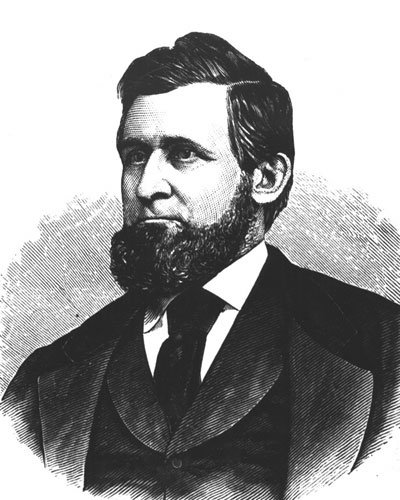As the Grange Building in Morgan Hill’s downtown district turned
100 this year, it found itself in desperate need of a facelift.
Thanks to the Leadership Morgan Hill Class of 2007 that I was a
part of, the historic structure got a centennial birthday
make-over.
As the Grange Building in Morgan Hill’s downtown district turned 100 this year, it found itself in desperate need of a facelift. Thanks to the Leadership Morgan Hill Class of 2007 that I was a part of, the historic structure got a centennial birthday make-over.
Throughout the spring and summer months, my fellow class members and I kept busy planting shrubbery, painting decks and doing other fix-up chores to make the Grange Building’s exterior more attractive. As we labored, I wondered about the impact the Grange as a fraternal organization has had on the South Valley.
Not just Morgan Hill, but Gilroy and Hollister have long had their local Granges. My parents were members of the Hollister Grange, and I remember fondly as a kid going to various barbecues, Christmas potlucks and other social events held by the group.
Most people in modern California’s overwhelmingly urban society probably have no idea what the Grange does and how it played a vital role in settling the American West. And that’s a shame because it’s important to recognize the fact that this great institution provided farming and ranching families with a social and economic support structure that allowed them to survive their hard lives.
The Grange was created shortly after the American Civil War. As the United States faced the arduous task of its reconstruction, President Andrew Johnson sent a northerner named Oliver Hudson Kelley on a fact-finding mission to report on the devastation done to the South’s farming industry. From what he observed on his tour, Kelley realized that if the poverty-stricken Southern farmers were going to build their region’s agricultural economy quickly and efficiently, they would need to organize themselves into a union that would lobby for their interests in Washington, D.C.
Kelley happened to be a Mason. He used his association in that esteemed lodge to meet with other Masons and proposed to them his idea of forming a similar fraternal organization uniting farmers to petition politicians with their needs. On Dec. 4, 1867, in a small Washington, D.C. office belonging to the Department of Agriculture, Kelley and his fellow Masons set up the first Grange to test the idea.
The men officially called themselves The Order of the Patrons of Husbandry. That name was such a mouthful, however, that they quickly dubbed themselves simply “the Grange” to denote their group‚s farming connection. (The name is Latin for “grain.”) Eventually, the Grange’s official logo showed stalk of wheat and the initials “P of H” to denote Patrons of Husbandry.
Kelley’s experiment proved a huge success. Soon, farmers all over the South joined and formed their own state and local Grange lodges. The idea spread west across the nation and by 1875, membership had swelled to nearly 860,000 rural residents.
With such a massive influx, the Grange gained the political muscle to provide significant benefits to American farmers and ranchers. It successfully regulated U.S. railroads and grain warehouses so that farmers were no longer paying exorbitant rates. The Grange’s lobbying of federal officials also helped bring about the Rural Free Delivery of mail as well as the Farm Credit System that provides loans to farmers. Other victories won by the organization over the years include women’s suffrage that gave women the right to vote, and the direct election of U.S. senators by the public.
Grange membership peaked in the 1950s and began a decline over the last half century as America’s population of farmers reduced in size to only 2 percent of the nation. In the last 15 years, Grange membership dropped by 40 percent and now stands at about 300,000 members in 3,600 communities in 37 states.
On Tuesday, the National Grange turns 140 years old. Despite its membership waning in recent years, the organization still plays an important roll as a political lobbying group, working on current issues that effect everyone. Its efforts include the preservation of farmland, protecting endangered species, working on America’s climate control, food safety, Medicare reform and improved schools.
Working on our Leadership Morgan Hill’s class project to fix up the Grange Building this past year, I realized how Oliver Hudson Kelley started something that has had a huge impact on the lives of millions. His Grange organization gave ordinary people the power to control their livelihood and their communities.
Perhaps building a better world is what the Grange is all about. Over its 14 decades, the fraternal organization has created a sense of neighborliness and joining together to improve the lives of everyone not just here in the South Valley but in many other towns and cities throughout America.












